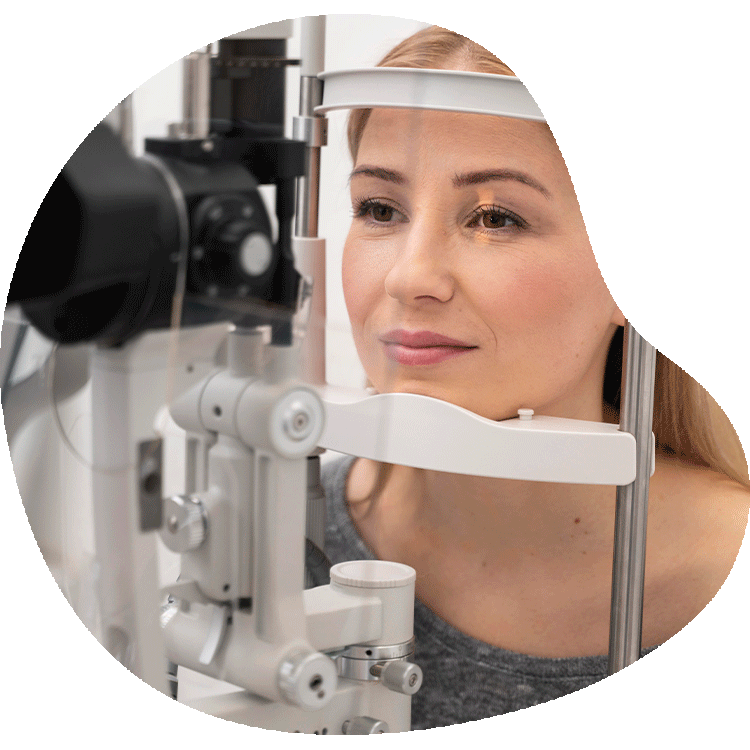Have your cataract operated in Turkey
Cataract surgery is the most commonly performed surgery in the world. It is a quick, low-risk procedure that restores vision by placing an artificial implant in the eye. Contact your GetLasik experts in Turkey for cataract surgery!
What is cataract surgery?
Cataract surgery is a surgical procedure in which the lens of the affected eye is removed and, in most cases, replaced with an artificial lens. Normally, the lens (lens of the eye) is clear and transparent. This lens transmits light to the retina, which acts like a screen and enables vision. When a cataract develops, the lens becomes opaque and vision is impaired. It is a common condition, affecting more than one in five people over the age of 65 and nearly two thirds of those over the age of 85.
If the disease has progressed too far and makes daily living and normal activities difficult, the doctor may suggest surgery. Cataract surgery is the only way to restore vision once the disease has broken out.

Cataract surgery is usually performed on an outpatient basis. This means that the patient can go home during the day. However, it is advisable to arrange for the presence of an attendant, since the operated eye will be covered with a bandage which, depending on the condition of the other eye, may affect overall vision. In most cases, vision recovers the day after surgery or within a few days. The patient can then resume normal daily life.
After the operation in Turkey, the artificial lens becomes part of the eye and does not require any further treatment or special care. However, there may be discomfort in the eye after the procedure and local anti-inflammatory treatment may be required for a few weeks.

Complications after the procedure are rare. If you experience increased pain or worsening vision in the days and weeks after the procedure, contact your doctor or go to a hospital. The risk of complications is higher if you have another eye disease or a serious comorbidity, such as glaucoma or macular degeneration.
Many years of experience with cataract surgery
An artificial lens has been successfully implanted in the eye during cataract surgery since the 1960s. Modern implantable multifocal lenses can not only correct severe hyperopia and myopia, but also presbyopia – i.e. any type of curvature. Depending on the number and distance of the focal points in the lens, different visual distances can be distinguished. In general, one speaks of bifocal lenses with two focal points and trifocal implantable lenses with three focal points. Very advanced versions of the so-called trifocal lenses have been developed in recent years. When such lenses are implanted in the eye, the patient can see well both at a distance and near.
Unlike conventional artificial lenses, patients with trifocal artificial lenses can see well at all distances. At a distance when driving a car or watching TV, at close range when reading or working with your hands and in the intermediate range when working on a computer. The lens enables clear vision at all distances, regardless of whether the pupil is constricted or dilated. This means that there is both more and less light in the environment. Modern implantable multifocal lenses are designed to eliminate potentially disruptive optical side effects, such as e.g. B. halos reduce. This applies in particular to seeing in the dark. These lenses allow you to see well at all distances without having to wear glasses.